Margaret Harris and Fiona Morrison on 'The Man Who Loved Children' and 'Letty Fox' by Christina Stead
Christina Stead is an author perennially ripe for rediscovery. Her acknowledged masterpiece, The Man Who Loved Children, came out originally in 1940; in 2005, it figured in Time’s list of the 100 best novels published since 1923. But in his introduction to the Miegunyah Modern Library edition of the novel, American novelist Jonathan Franzen cites a more recondite statistic, from a 1980 study which shows that Stead is not one of the 100 most-cited literary writers of the twentieth century, in order to ground his mission of rehabilitation.
It is easy to see affinities between Stead’s big unruly novel and Franzen’s bestselling Freedom (2010):both deal with fractured families, creatures of their (American) times; with the battle of the sexes and the sins of the fathers; with idealism and manipulation. Both depend on comic effects, often dark, generated by the idioms provided to the characters. Both are ambitious novels, Franzen evidently having an eye on Great American Novel status: the nature of Stead’s ambition is less easily categorised, and herein lies the rub.
Franzen’s discussion amounts to a declaration that Stead is unquestionably a writer’s writer. Over time she has been championed by Saul Bellow, Lillian Hellman, Angela Carter, Barnard Eldershaw, David Malouf. It is no accident that her latest reflorescence is in large measure due to Franzen’s enthusiastic advocacy in the New York Times last year.
Publishers also have championed her, and here Melbourne University Publishing’s Louise Adler takes her place in a distinguished line-up that begins with Peter Davies in London in the 1930s. Adler commissioned Hazel Rowley’s important biography for William Heinemann Australia in 1993, then published a revised version from MUP. She also published my edition of the letters between Stead and her husband William J. Blake, Dearest Munx (2005).
Probably the most decisive moment in Stead’s publication history, however, was the reissue of The Man Who Loved Children by Holt, Rinehart & Winston in 1965, at the instigation of Stanley Burnshaw. This edition brought Stead the most sustained attention she ever experienced, and led to the appearance of novels such as Cotters’ England (1966) and Miss Herbert, The Suburban Wife (1976), in which no publisher had been interested in the postwar period following her return to Europe from the United States in 1947. Carmen Callil at Virago in the 1970s and early 1980s reissued a number of titles, as well as publishing posthumously the extraordinary I’m Dying Laughing in 1986. It is appropriate therefore that Callil should introduce the second in the Miegunyah series, Letty Fox: Her Luck (1946). For Love Alone (1944), with an introduction by Drusilla Modjeska, is on the way as the third title. In a sense, MUP is now picking up the mantle of Angus & Robertson, whose editions in the mid-1960s of the novels with Australian settings, Seven Poor Men of Sydney (1934) and For Love Alone (1944),coincided with the reissue of The Man Who Loved Children. A&R made further amends for its earlier rejection of Stead by publishing The Little Hotel in 1973, and subsequently keeping a number of her works in print well into the 1990s.
Franzen is respectful of the history of Stead’s reception, and so is MUP. The decision to include in the Miegunyah reprint the long essay by American poet and novelist Randall Jarrell that accompanied the 1965 reissue and practically all reissues since is an interesting one. Jarrell champions a Stead who nearly makes it into a pantheon of the novel that derives from Tolstoy and Dostoevsky, acknowledges Moby-Dick, resists Joyce, and comes to rest on Proust. After more than 12,000 words of praise for the realistic particularity of The Man Who Loved Children, for him a family tragedy revolving around the isolated figures of the three main characters, Jarrell retreats to formalist criteria and denies it greatness because of what he sees as its indiscriminate excess – while allowing that it is as ‘plainly good’ as War and Peace is ‘plainly great’.
Franzen is less equivocal, though he too appears to concede that Stead is rejected because she takes on the literary canon on its essentially male terms. He bemoans the loss of confidence in the novel form from Jarrell’s Cold War day until now. For him any fiction (any text) is inextricably a product of its time, not caught in the timeless web woven by Jarrell. Thus he clearly identifies a political dimension to The Man Who Loved Children – Sam Pollit is ‘the Great White Father, he is literally Uncle Sam’. Franzen also gets that part of the gender dynamic to do with the offensive of the artist as a young woman, Louisa Pollit cum Christina Stead, against the father. He is less astute on the place of Sam’s wife, Louie’s stepmother, Henny, in the central triangle. Curiously, given that he maintains that the book should be a core text in women’s studies programs, Franzen doesn’t see that there is a contest also with the mother, and that Louie is both nemesis and liberator. His reading of the novel as comic is one that perhaps offers more hostages to fortune than he realises, because it backs off from the fundamental boldness of The Man Who Loved Children. The dimensions of that boldness become apparent when this novel is read in relation to its successors, Letty Fox and For Love Alone, as variations on the theme of a young woman affronting her destiny, variations developed in terms more explicit but no less excoriating than those laid out by Henry James for Isabel Archer.
The fact that The Man Who Loved Children is a seriously demanding book has to be confronted: it is long (nearly 500 pages), at once hard and exhilarating because of its relentlessness and intensity. The contemporary livery of the Miegunyah Modern Library volumes, elegantly re-set, with covers by the fashionable designer Miriam Rosenbloom, is intended to attract a new readership for Christina Stead. As Franzen observes, ‘it’s the kind of book that, if it is for you, is really for you’. Melbourne University Publishing now gives readers and critics another chance to find out.
Reading Letty Fox in 2011
by Fiona Morrison
The recent edition of Christina Stead’s Letty Fox: Her Luck (1946) from Meigunyah locates the book in an appropriately wide-ranging and international set of influences. The very choice of Letty Fox: Her Luck as the second reissue indicates a cosmopolitan commitment to making easily available in Australia at least two of Stead’s most important ‘American’ novels. These transnational contexts are very appropriate for a book written by an Australian expatriate about a girl of transatlantic origin living and working in New York in the late 1930s and 1940s. Carmen Callil’s introductory account of what it meant to republish Letty Fox at Virago in 1973 is similarly apposite.
What is striking about reading Letty Fox in 2011 is how current it seems (how prescient it was in the mid-1940s), and yet how strange. Hazel Rowley claimed that it was her ‘first truly American novel’, indicating that whereas The Man Who Loved Children reallyoriginated in Stead’s Australian childhood, Letty Fox was always going to be about the modern American girl. Letty Fox was certainly Stead’s one and only first-person narrative, meant to showcase her grasp of American and specifically New York speech patterns and rhythms, among other things. These facts don’t really help all that much with the sense of being somewhat at sea in the novel’s bulging, vivid mass of description, the enormous cast of characters, and the ebullient (to the point of overwhelming) linguistic energy of the title character. Callil calls Letty Fox a comic novel, but this is only useful if you understand that it is comic in the way that Henry Fielding’s Tom Jones is comic, and, rather more recently, the way in which Sex and the City mightbe comic: energetic, episodic, satirical.
In a letter to Geoffrey Dutton in 1975, Patrick White wrote: ‘have been reading Stead’s Letty Fox, a kind of picaresque of sex American style. It’s extraordinary to think of that quiet sedate woman writing anything so hilarious.’ White, Callil, and other commentators have invoked, in passing, this key genre from the late sixteenth- and early seventeenth-century Spanish tradition and its many English imitators in the eighteenth century. The term is much more useful than it seems at first glance. Rather than suggesting a vague sense of a roguish title character who rather likeably and comically lurches from scrape to scrape, it precisely describes Stead’s novel – its narrative shape and point of view, inclusion of key episodes, the endlessly mobile central character, the detailed evocations of a highly textured and chaotic social world, and the keen satire of social mores of sex, food, dress, and work. Letty Fox is a textbook picaresque novel, carefully composed using contemporary material, to approximate the great Spanish, French, and English novels in the genre.
Stead is so interesting in this novel in her deployment of the female rogue, or pícara, as a modern working girl in the streets of New York (with the intentional inference of prostitution), who uses her marketable assets of good looks, street smarts, and moral and writerly flexibility in order to survive and thrive. The waning Popular Front and early war years in New York (1936–45) were the perfect stage on which to set this story of the indefatigable working girl on the move, with her thwarted racketeer schemes to attract affection, stay ahead of the sexual game, marry advantageously, and keep financially afloat. True to the original picaresque novels from Spain, England, and the United States in the nineteenth century (haven of the picaroon), social, economic, and political upheaval (1937–45) provided the perfect setting for the mobile female trickster and the kind of ethnographic social detail that interested Stead.
This might not have seemed revolutionary to Stead herself, who was steeped in European literary traditions of the radical left (Rabelais, Cervantes, Stendahl, Balzac, Dickens, Malraux), as well as an abiding fan of Mark Twain, but the female-authored picaresque, like female-authored satire, was, and still is, quite rare. Stead’s attraction to the genre was that it offered a contrast to, and a break from, the more obviously romantic quest narrative, For Love Alone (1944), a narrative form to which she never really returned. It also provided a platform for her main comic and political purpose: to satirise the ineffectual left-wing middle class with which she had socialised in New York since 1935. The way in which this radical set moved through the marriage market and associated libidinal and cash economies was just one indication of its corruption, hypocrisy, and blind American obedience to the structures of capital. It emerges, of course, that Stead was also centrally interested in that bind in which modern women found themselves: between libidinal freedom and a kind of married respectability.
Stead’s novel certainly produces many rambunctiously comic moments, but the work delivers more than the standard comic disapproval of a roguish protagonist. Although planning to embrace the traditionally restrictive spaces of matrimony with a none-too-promising chap at the end of the novel, Letty is still in motion in her tenacious, impudent, and clamorous way; still working for her survival in the urban jungle of New York at the end of the war. Her morally reprehensible behaviour is certainly satirised, but the novel also celebrates Letty’s extraordinary vitality (her ‘bounce’), which stands at the heart of her survival as an outsider – a modern working girl on the make in a man’s world.


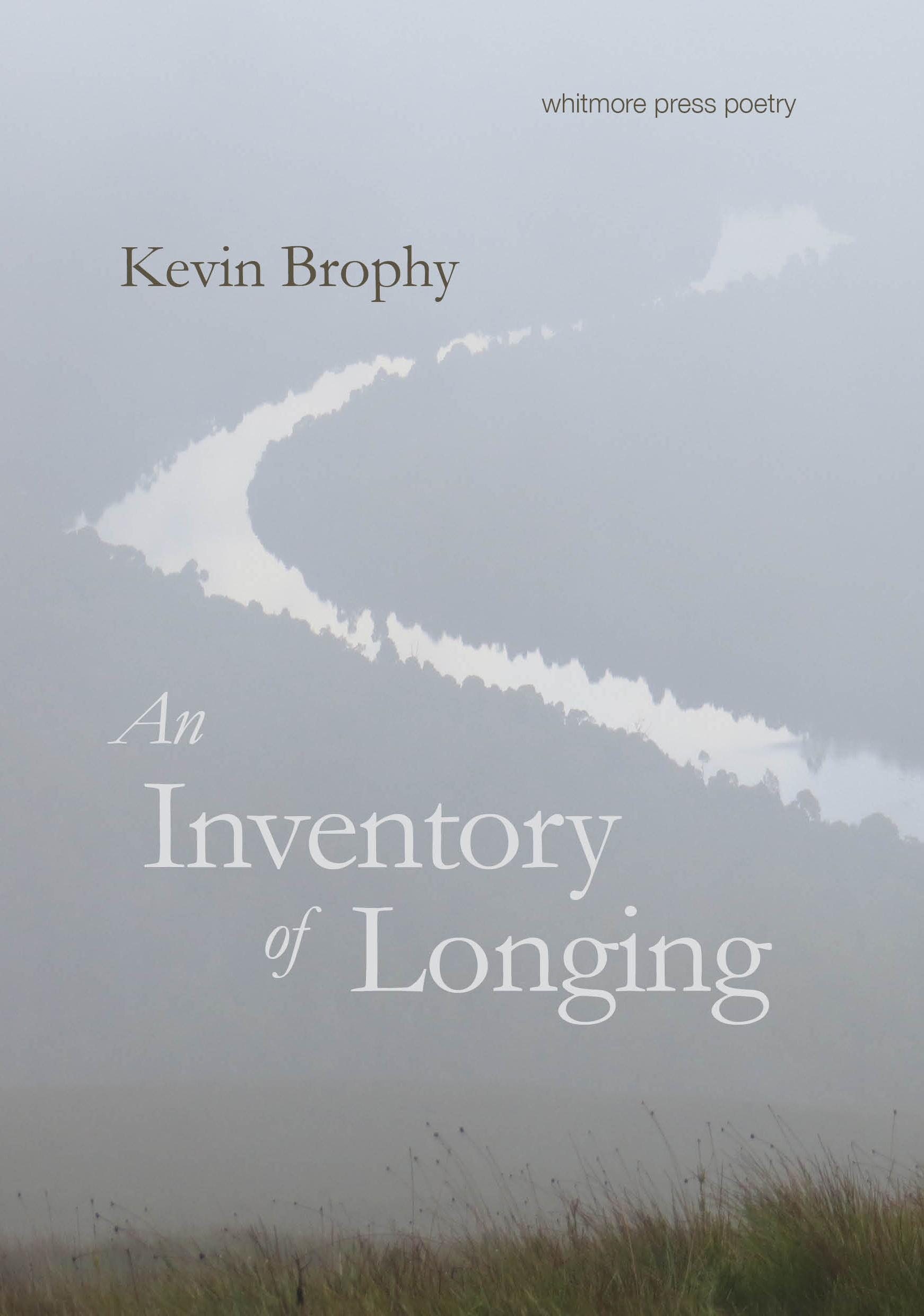
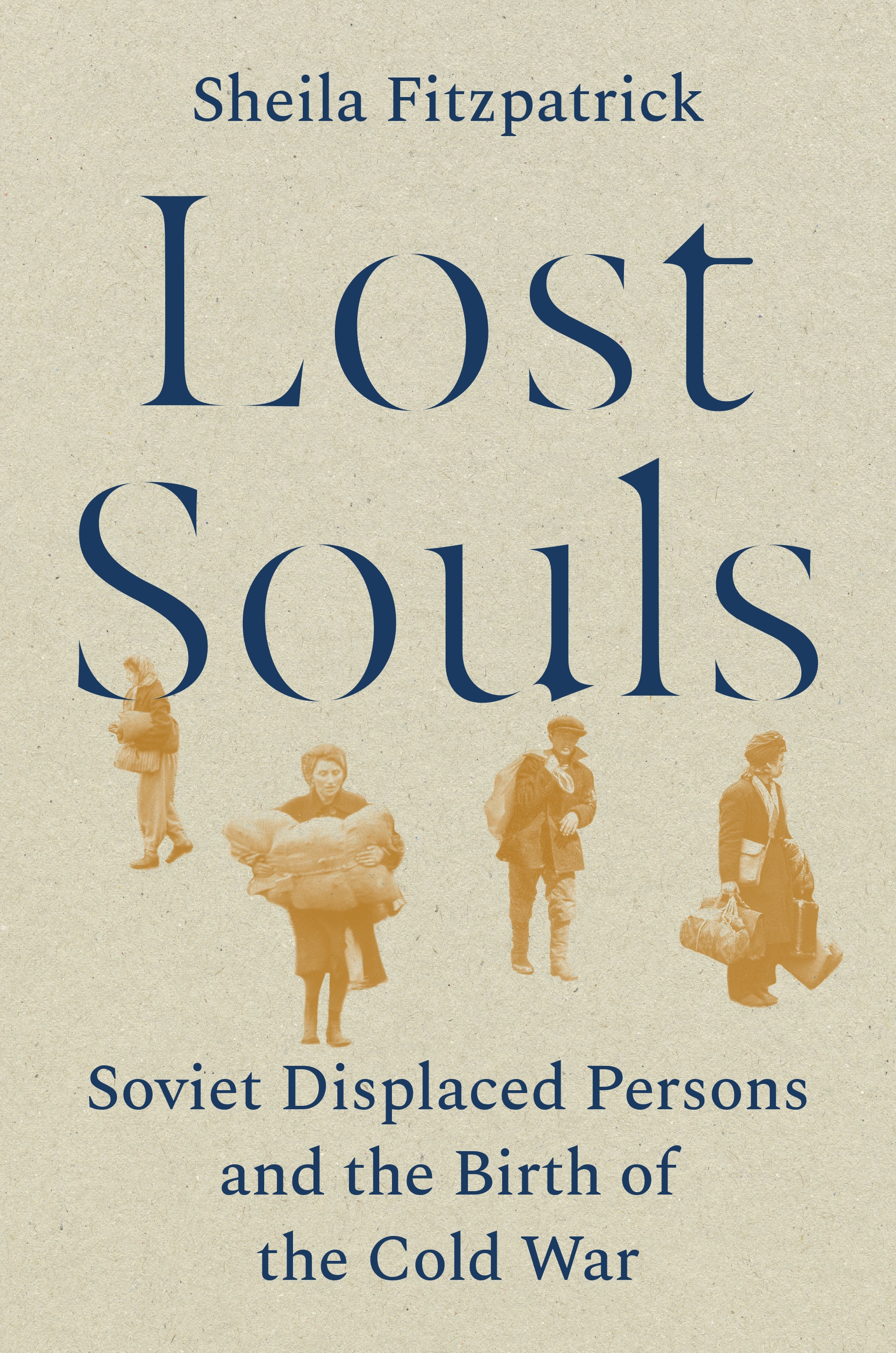
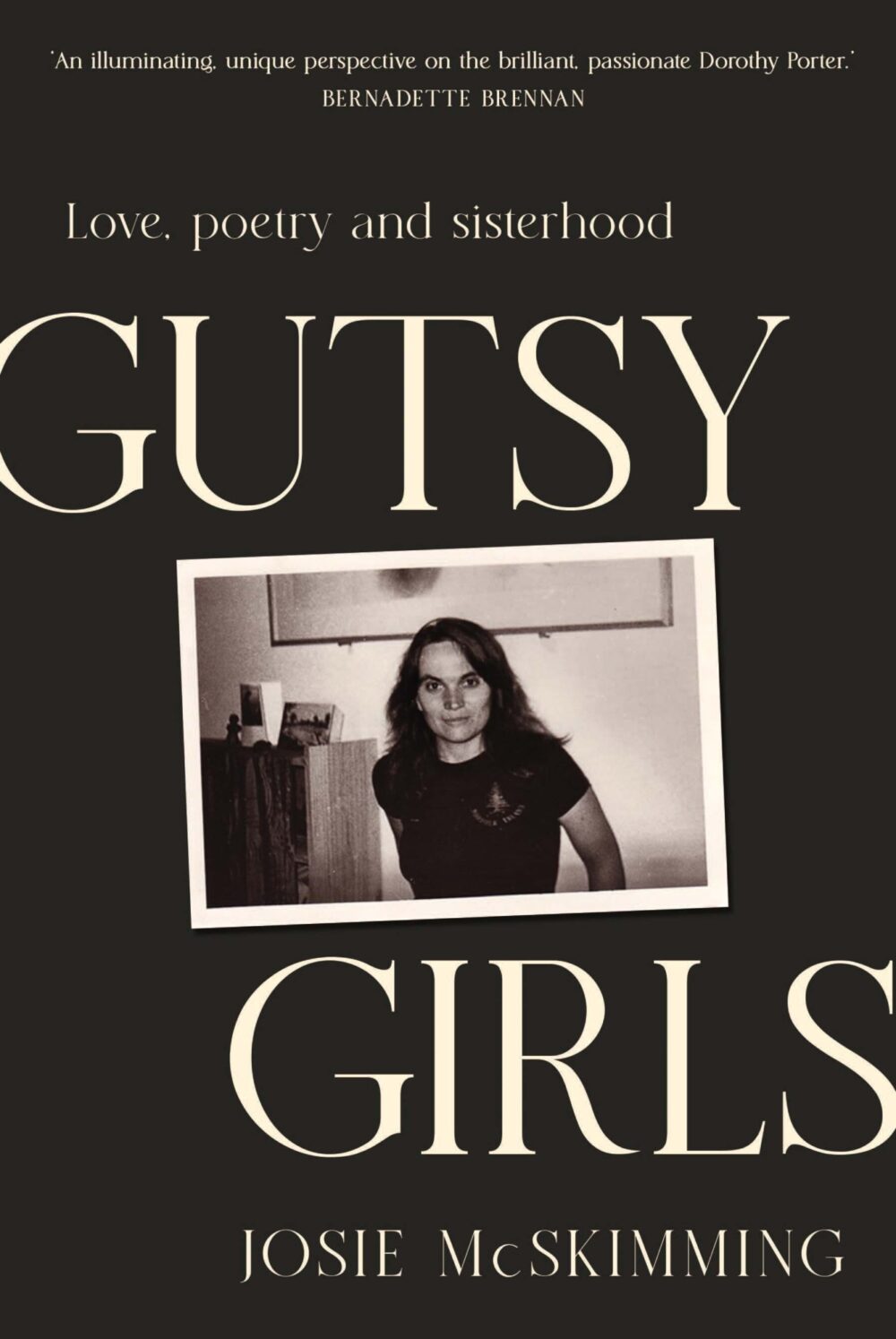

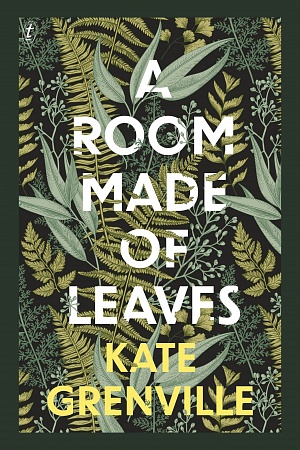
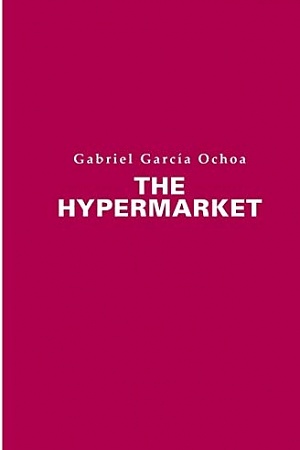






Leave a comment
If you are an ABR subscriber, you will need to sign in to post a comment.
If you have forgotten your sign in details, or if you receive an error message when trying to submit your comment, please email your comment (and the name of the article to which it relates) to ABR Comments. We will review your comment and, subject to approval, we will post it under your name.
Please note that all comments must be approved by ABR and comply with our Terms & Conditions.